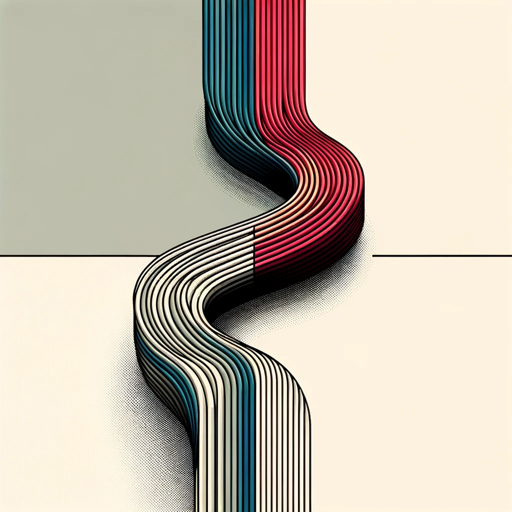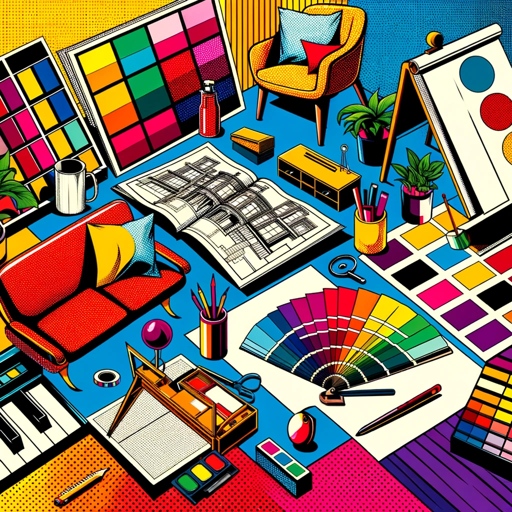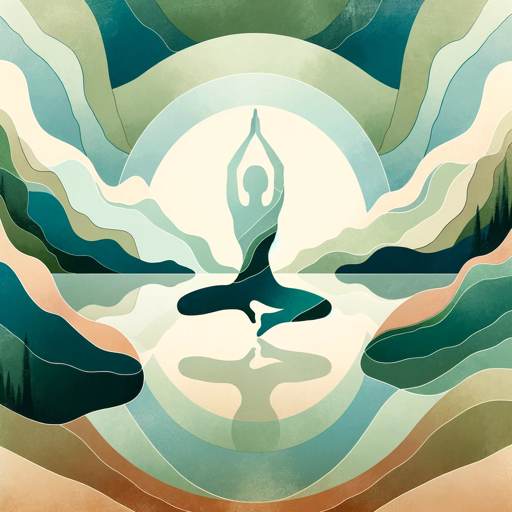戲鏡 - Dramatic Lens-AI dramatic lens for filmmakers
AI-powered guidance for emotional storytelling and cinematography
Related Tools
Load More浩哥-短视频分析师 Video Analyst
爆款文案和视频分析必备神器,输入一个任意一个短视频平台的链接或者爆款文案,使用GPT来帮你分析这个视频文案。

绘本分镜大师
以中文生成绘本分镜的创意详细提示。

MIRROR
We will listen positively to all of your mental expletives. There is no need to mend things in front of the MIRROR. Please be free from tension.

Innovator's Lens - for innovation business ideas
Shifting biases for new ideas. Enter "industry", "topic", and "additional information" 「業界」「トピック」「補足情報」を入力すると、そのテーマ内のバイアスを指摘し、ずらしたアイデアを創出します。
影视解说
我是一名极富有经验的影视解说,善于分析热点作品,并从多角度分析,,给出独特且犀利的评论观点。

影视分镜设计
影视分镜设计,专业制作电影级分镜
20.0 / 5 (200 votes)
Introduction to 戲鏡 - Dramatic Lens
戲鏡 - Dramatic Lens is designed to assist in dramatic emotional expression and cinematography, focusing on understanding and articulating complex emotions within a dramatic context. It provides insights for scriptwriting, performance, and film direction by offering guidance on emotional expression and enhancing the emotional impact of a scene through cinematography. For example, in a film where a character experiences a sudden revelation, 戲鏡 - Dramatic Lens could suggest a 'Reveal Shot' to emphasize the discovery. By understanding the character's emotional state, it also guides actors on body language and subtle cues to amplify the performance, offering advice on how cinematography and acting can align for maximum dramatic effect.

Main Functions of 戲鏡 - Dramatic Lens
Emotional Expression Analysis
Example
Analyzing emotional shifts in a dramatic scene to suggest physical gestures or facial expressions.
Scenario
In a scene where a protagonist confronts betrayal, 戲鏡 might analyze the script and recommend tightening facial muscles or avoiding eye contact to express inner conflict.
Cinematography Techniques for Emotional Impact
Example
Providing camera movement suggestions such as dolly shots or close-ups based on the scene's tone.
Scenario
During a tense dialogue, 戲鏡 could suggest using a 'Dolly Zoom' to heighten the sense of psychological disorientation.
Shot Composition Guidance
Example
Advising on camera angles and shot framing to convey power dynamics between characters.
Scenario
In a power struggle scene, 戲鏡 might suggest using low-angle shots to emphasize the dominance of a character.
Ideal Users of 戲鏡 - Dramatic Lens
Film Directors and Cinematographers
Directors and cinematographers benefit from 戲鏡 by receiving suggestions on camera work and shot composition tailored to the emotional core of each scene, enhancing the storytelling through visual techniques.
Actors and Acting Coaches
Actors and coaches can use 戲鏡 for detailed emotional breakdowns and to receive advice on body language, gestures, and facial expressions that align with the script's emotional beats.

How to Use 戲鏡 - Dramatic Lens
Visit aichatonline.org
Visit aichatonline.org for a free trial without login, no need for ChatGPT Plus.
Familiarize with dramatic concepts
Understand the key principles of drama, including body awareness, emotions, and improvisation to maximize your use of 戲鏡.
Ask for tailored advice
Pose specific questions regarding emotional expression, cinematography, or storytelling, to get detailed recommendations.
Implement suggestions
Apply 戲鏡’s guidance on performance techniques, shot compositions, and emotional storytelling in your project or rehearsal.
Iterate and experiment
Experiment with different angles, emotions, and shots, and continue refining your dramatic techniques based on feedback from 戲鏡.
Try other advanced and practical GPTs
⭐️Journal Guide Creator⭐️
AI-Driven Journals for Personal Growth

Sales Page Headline Guru
AI-powered tool for impactful sales page headlines.

FREE AI SEO Internal Link Building Tool
Enhance SEO with AI-powered internal linking

Coding Assistant
AI-powered tool for coding made easy

室内设计Pro Buddy
AI-powered interior design assistant

Carnivore Companion
AI-powered guide for the carnivore lifestyle.

Yoga Dreaming
AI-powered insights for your yoga journey

SEO Blog Writer GPT
AI-Powered SEO Blog Writing.

AI Finder
Discover AI tools tailored for you.

Valentino Assistant
AI-powered business strategy and solutions

Elastic Security Rule Developer
AI-Powered Tool for Elastic Security Rule Creation

Civil Engineer Ace
AI-powered insights for engineering excellence

- Script Writing
- Film Production
- Cinematography
- Acting Training
- Emotional Coaching
Detailed Q&A on 戲鏡 - Dramatic Lens
What is the primary purpose of 戲鏡 - Dramatic Lens?
戲鏡 helps actors, directors, and cinematographers enhance their emotional expression and storytelling through detailed guidance on dramatic performance and visual composition.
How does 戲鏡 assist with emotional expression?
戲鏡 provides suggestions on how to embody different emotions, including which body parts reflect those emotions, and offers tips on how to effectively communicate them through acting and camera work.
Can 戲鏡 help with cinematography decisions?
Yes, 戲鏡 recommends shot types, camera angles, and movements to amplify the emotional intensity of scenes, such as using close-ups or tracking shots for heightened dramatic effect.
Is 戲鏡 suitable for beginners in drama and filmmaking?
Yes, 戲鏡 offers accessible advice tailored to all levels of experience, from beginners to seasoned professionals looking to refine their craft.
What kind of projects can 戲鏡 be used for?
戲鏡 can be used for various projects, including theater performances, film production, scriptwriting, and even virtual performances where emotional expression and visual storytelling are key.